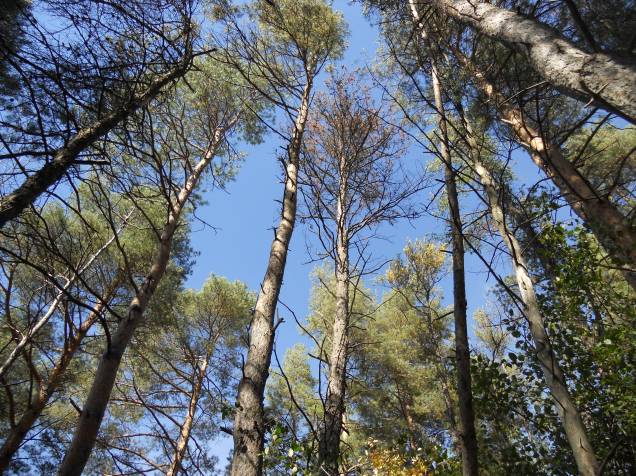
Exotic species that establish, spread, and cause substantial damage are demonized as foreign invaders that charge with menacing force across the landscape. Rightly so; those pests threaten to displace or eliminate native species and alter ecosystem functions. Chestnut blight, emerald ash borer, and hemlock woolly adelgid are all excellent examples. What about invaders that aren’t so destructive? Or, at least don’t seem to be at the moment? At what point do we stop monitoring a seemingly innocuous invasive species, especially one that has proved itself a serious pest elsewhere? To make this decision, it’s helpful to know how much the species has affected its new habitat, and whether this impact already has or is likely to change over time. That is exactly what we set out to do with the European woodwasp, Sirex noctilio, in Ontario.
Nearly a decade after the woodwasp was first found in a trap near the Finger Lakes in New York (and then a year later across Lake Ontario in Sandbanks Provincial Park), it still hadn’t killed pines in noticeable numbers, either in the US or Canada. Native to Europe and Asia, this woodwasp has been introduced to several countries in the Southern Hemisphere, where it has been a serious pest in forests planted with exotic pines. By contrast, in North America, it seems that only the weakest trees, those that are already stressed by something else, are killed by the woodwasp. Would forests with many weakened trees allow populations of the woodwasp to build up enough that they could then kill healthy trees in well-maintained forests? Could we find any evidence that this had already happened or would likely happen in the future?
Read the full story on the official blog of the Entomological Society of Canada.